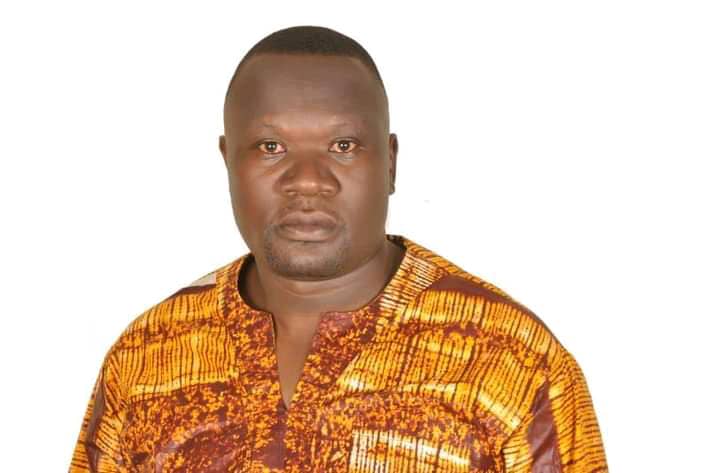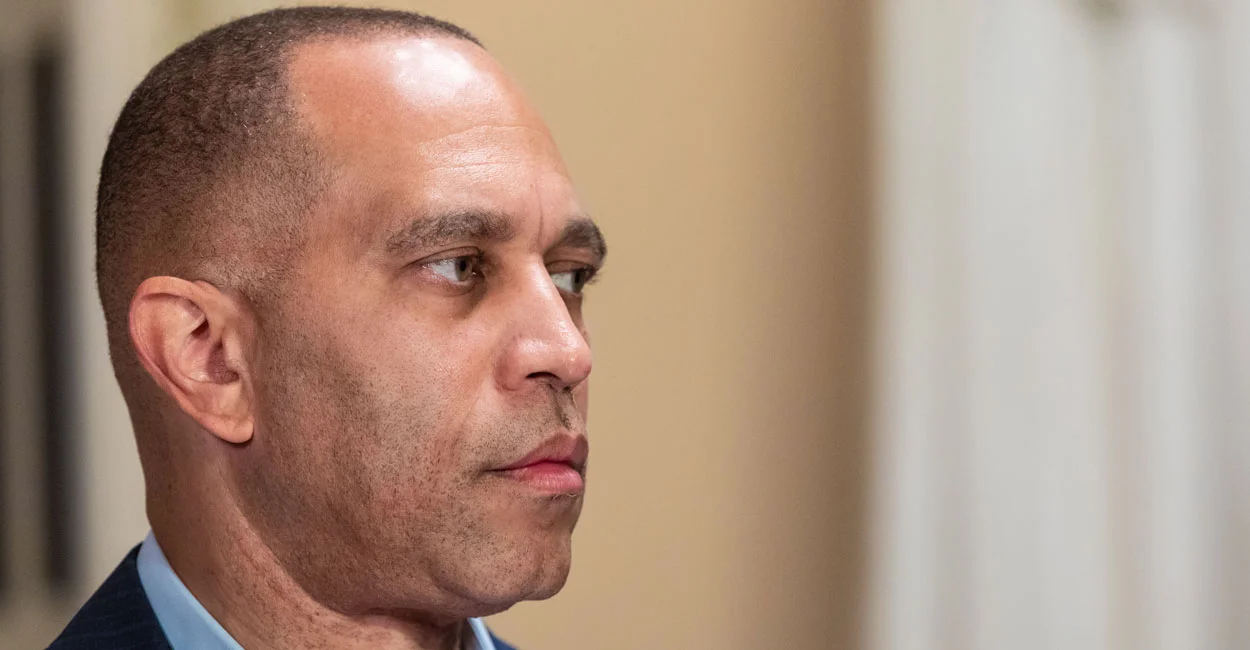Copyright watchdoguganda

As Uganda prepares for the 2026 general elections, the political contest between the ruling National Resistance Movement (NRM) and the opposition National Unity Platform (NUP) is more than a battle of personalities—it is a clash of visions, ideologies, and credibility. While both parties claim to represent the aspirations of Ugandans, their policy frameworks and political behavior reveal a stark contrast in readiness, substance, and strategy. The NRM, under President Yoweri Museveni, has unveiled a comprehensive roadmap for the 2025–2026 electoral cycle, emphasizing continuity, grassroots mobilization, and institutional strength. According to NRM Secretary General Richard Todwong, “Each member of the NRM’s local structure—from village level upwards—will be tasked with securing at least four votes for President Museveni”. This grassroots-led strategy reflects the party’s confidence in its organizational depth and its ability to deliver a decisive victory. Meanwhile, the NUP, led by Robert Kyagulanyi Ssentamu (Bobi Wine), has launched its 2026–2031 manifesto under the theme “A New Uganda Now.” The document outlines eleven policy priorities, including human rights, anti-corruption, and job creation. Bobi Wine declared during the launch in Jinja, “This is not merely a critique of government failures, but a covenant to reclaim Uganda’s future”. Yet, despite the lofty rhetoric, the manifesto lacks detailed implementation plans, particularly in critical areas like national security and economic infrastructure. This omission is glaring. Uganda’s geopolitical position and internal dynamics demand a robust security framework. The NRM continues to prioritize military modernization and regional peacekeeping, with the Uganda People’s Defence Forces (UPDF) playing a central role in maintaining stability. In contrast, the NUP manifesto makes no mention of defense strategy, leaving a vacuum in one of the most essential functions of statecraft. Youth empowerment is another area where the NRM has made tangible progress. The 2025/26 national budget allocated expanded funding to programs like Emyooga and the Parish Development Model (PDM), aimed at boosting employment and household incomes. Finance Minister Matia Kasaija noted, “Over Shs 9 trillion has been spent in the past 10 years on wealth creation programs targeting youth and small businesses.” These initiatives have translated into electoral gains. In the 2025 youth council elections, the NRM secured an overwhelming 81% victory nationwide, including a 90.8% sweep in Kassanda District. This landslide not only signals the ruling party’s dominance among young voters but also exposes the waning influence of NUP in regions once considered opposition strongholds. Even in Nalutuntu and Kalwana—home sub-counties of NUP MPs Frank Kabuye and Patrick Nsamba—the party suffered humiliating defeats. Economically, the NRM’s strategy is anchored in industrialization, oil and gas development, and regional trade integration. Infrastructure projects such as roads, energy grids, and ICT expansion are central to its vision of transforming Uganda into a middle-income economy. The NUP, while promising 10 million jobs by 2032, offers little clarity on how these will be created or funded. The manifesto’s reliance on manufacturing and tourism is aspirational but lacks the granular planning needed to inspire investor confidence. In education and healthcare, the NRM continues to expand Universal Primary and Secondary Education and roll out national health insurance schemes. The NUP calls for better teacher pay and hospital upgrades, but again, the absence of a funding model raises questions about feasibility. Governance reform is another battleground. The NRM has embraced digital public service delivery and decentralized administration. Anti-corruption units have been embedded within key institutions. The NUP, meanwhile, focuses heavily on regime change and transitional justice. While these are valid concerns, they often overshadow the need for structural reform and service delivery. Even in foreign policy, the divergence is clear. The NRM champions Pan-Africanism and regional diplomacy, while the NUP emphasizes human rights and democratic values. However, the latter offers little insight into how it would navigate complex geopolitical realities or balance national interests with international advocacy. Ultimately, the contrast between NRM and NUP is not just ideological—it is operational. The NRM presents a tested, experience-based framework with measurable outcomes. The NUP, though energetic and rhetorically compelling, often falls short on substance and strategy. As Uganda stands at the crossroads of leadership and legacy, voters must decide whether to continue on a path of structured development or gamble on a political experiment still finding its footing. In this contest, slogans alone will not suffice. The future demands vision, planning, and the capacity to deliver. Do you have a story in your community or an opinion to share with us: Email us at editorial@watchdoguganda.com



